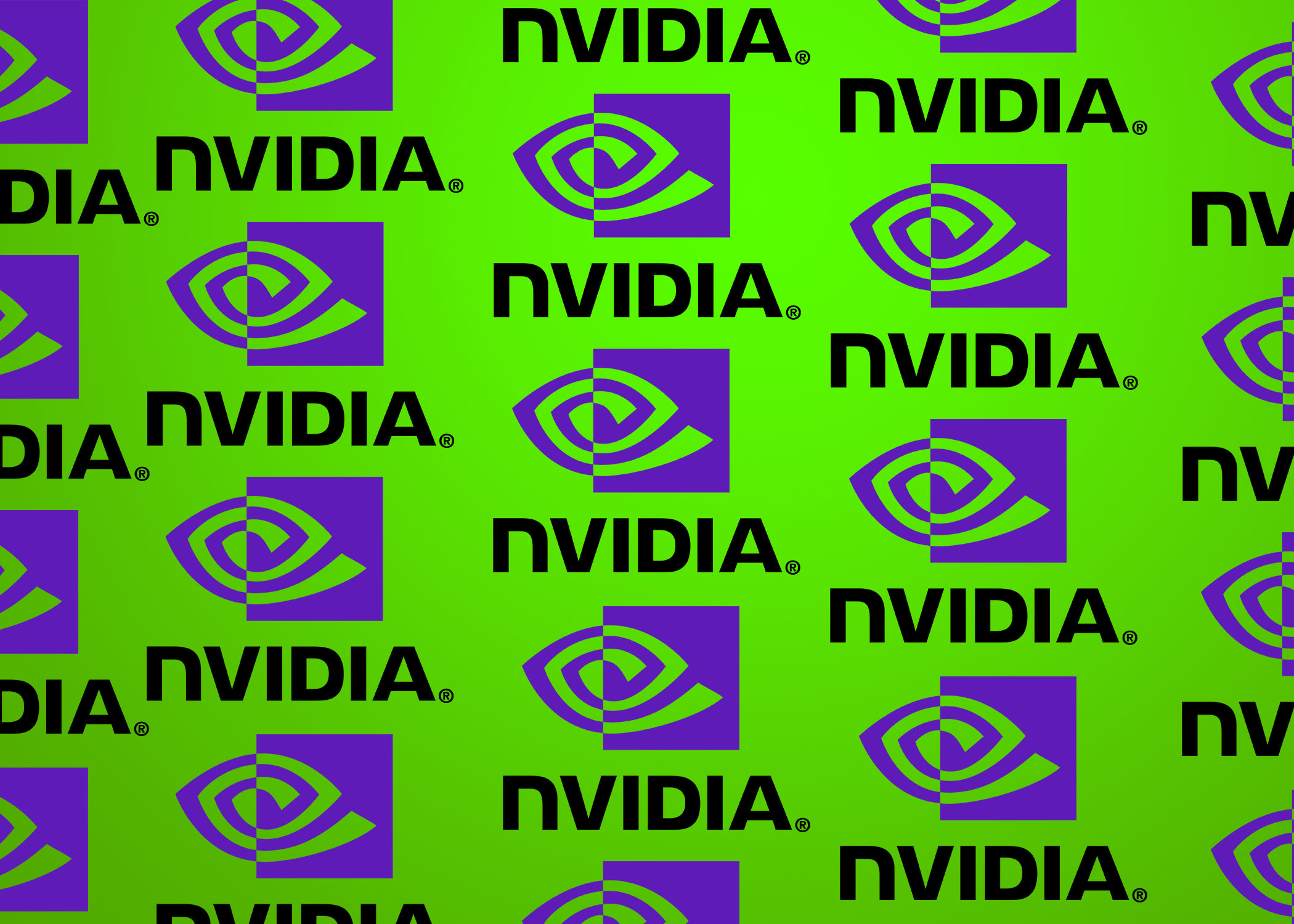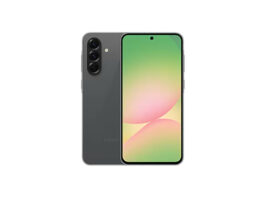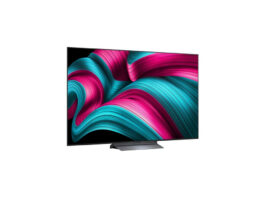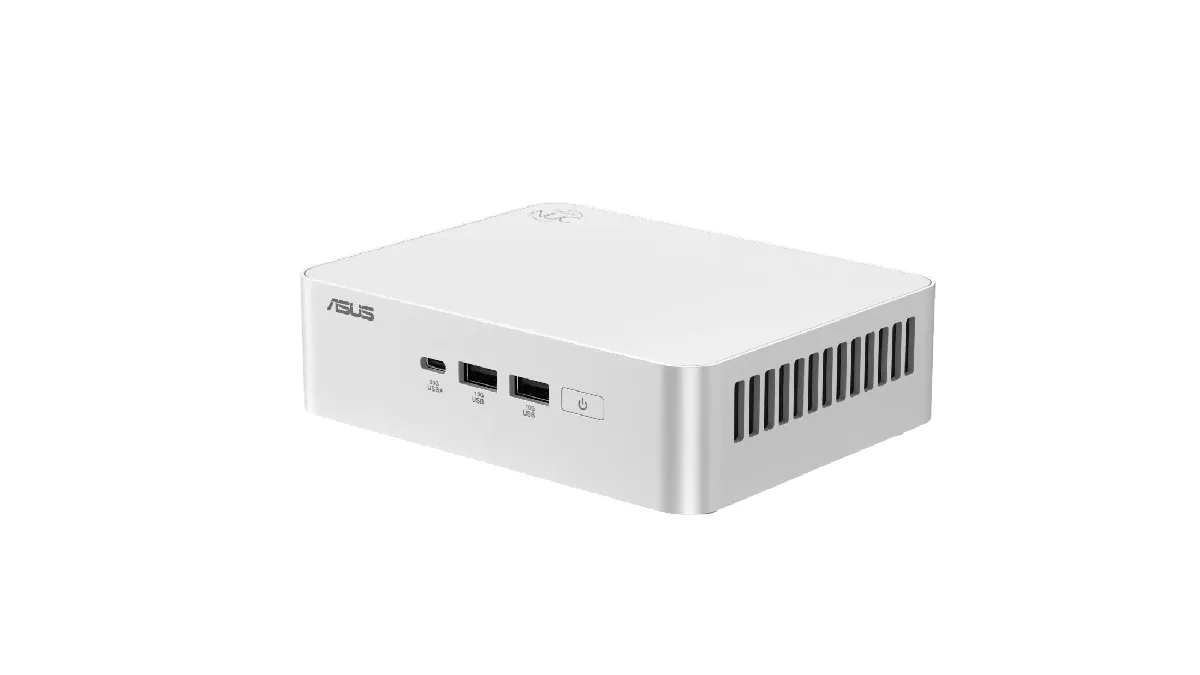Nvidia’s dominance in the GPU market has grown significantly, according to recent stats from an analyst firm.
Tom’s Hardware reports that Jon Peddie Research (JPR) released Q1 2024 stats, showing a 39% year-on-year increase in desktop graphics card shipments. Although shipments dropped compared to the previous quarter, this decline is seasonal, with Q4 traditionally being a high-sales period.
JPR data reveals Nvidia’s market share rose to 88% in Q1, up from 80% in the previous quarter. Most of this gain came at AMD’s expense, whose share fell from 19% to 12%. Intel’s share, already minimal, dropped to effectively 0%.
A historical chart of GPU market share from JPR shows Nvidia’s strongest grip on desktop graphics cards. Nvidia’s share had previously peaked at 87% in 2022, but it has never been as high as now.
Nvidia’s current near-monopoly is comparable to Google’s dominance in search. However, the GPU market is subject to larger shifts.
At first glance, this situation seems bad for consumers. Yet, there might be more to consider.
Could AMD Be Driven to Innovate?
The immediate reaction is to view Nvidia’s near-monopoly as negative. Nvidia’s high prices for its RTX 4000 GPUs, particularly mid-to-high-end models, have been burdensome. Although prices eased somewhat this year, they remain high overall.
Nvidia’s market success could signal higher prices for the upcoming RTX 5000 models. Despite this, there is hope that this market shift could motivate AMD to innovate.
Notably, AMD is not expected to release high-end graphics cards later this year, based on strong rumors about RDNA 4. This leaves Nvidia to potentially dominate with its new RTX 5090 and RTX 5080.
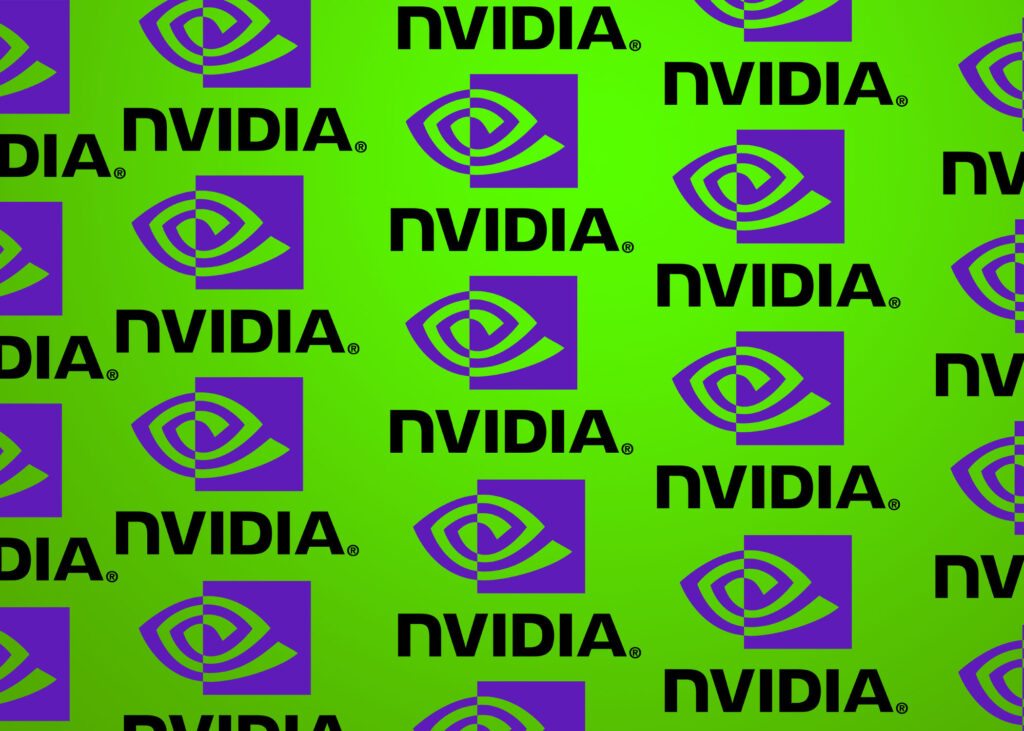
However, AMD may focus on mid-range offerings to maintain its reputation as a cutting-edge GPU maker. Competitive pricing in this segment could challenge Nvidia’s RTX 5080.
Given AMD’s significant market share drop, it seems likely they will need to introduce compelling mid-range GPUs with RDNA 4. A major recovery in Q2 seems improbable.
Nvidia’s increased dominance might eventually benefit consumers. This is speculative, and the situation could change in ways unfavorable to consumers. The prospective pricing of the RTX 5080 remains a concern.
Intel’s decline to near-zero market share is disappointing. A third competitor in the GPU market would benefit consumers. Although Alchemist struggled, Intel’s next-gen Battlemage could offer strong budget options next year.
Discover more from NewForTech
Subscribe to get the latest posts sent to your email.

